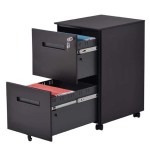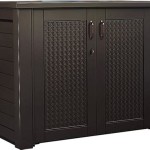What Is Biological Safety Cabinet?
A biological safety cabinet (BSC) is an enclosed, ventilated workstation designed to protect the user from exposure to hazardous biological agents. BSCs are used in a variety of settings, including clinical laboratories, research laboratories, and pharmaceutical manufacturing facilities. They are also used in some industrial settings, such as food and beverage processing plants.
BSCs work by creating a negative pressure environment within the cabinet. This negative pressure prevents the escape of airborne contaminants from the cabinet. The air in the cabinet is also filtered through a high-efficiency particulate air (HEPA) filter, which removes 99.99% of particles 0.3 microns in size or larger.
There are three main types of BSCs: Class I, Class II, and Class III. Class I BSCs are the simplest type of BSC. They provide protection for the user, but they do not provide protection for the product or the environment. Class II BSCs provide protection for the user, the product, and the environment. Class III BSCs are the most enclosed type of BSC. They provide the highest level of protection for the user, the product, and the environment.
BSCs are an important part of the safety infrastructure in many laboratories. They help to protect users from exposure to hazardous biological agents, and they help to prevent the release of these agents into the environment.
How to Choose the Right BSC
The type of BSC you need will depend on the specific application. Here are some factors to consider when choosing a BSC:
- The type of hazardous biological agents you will be working with
- The volume of work you will be doing
- The size of the space you have available
- The budget you have available
It is important to consult with a qualified professional to help you choose the right BSC for your needs.
Maintenance and Certification
BSCs require regular maintenance to ensure that they are operating properly. Maintenance tasks typically include:
- Cleaning the cabinet and filter
- Checking the airflow
- Calibrating the cabinet
BSCs should also be certified annually by a qualified professional. The certification process includes testing the cabinet's airflow, filter efficiency, and overall performance.
Conclusion
BSCs are an essential part of the safety infrastructure in many laboratories. They help to protect users from exposure to hazardous biological agents, and they help to prevent the release of these agents into the environment. By choosing the right BSC for your needs and maintaining it properly, you can help to ensure a safe working environment for yourself and others.

Biosafety Cabinets Esco Scientific

Biological Safety Cabinets Office Of Environmental Health And

Biosafety Cabinets Esco Scientific

Biological Safety Cabinet Maintenance And Services Lab Supply Network

Biological Safety Cabinets Ehs

Biological Safety Cabinet

Biosafety Cabinets For Experiments Igene Labserve

Protectaire Class Ii A2 Biological Safety Cabinet Airclean Systems

Nsf Certified Class Ii A2 Biological Safety Cabinet Buy Biobase

Biological Safety Cabinets Bsc Iia2 Series Infitek








